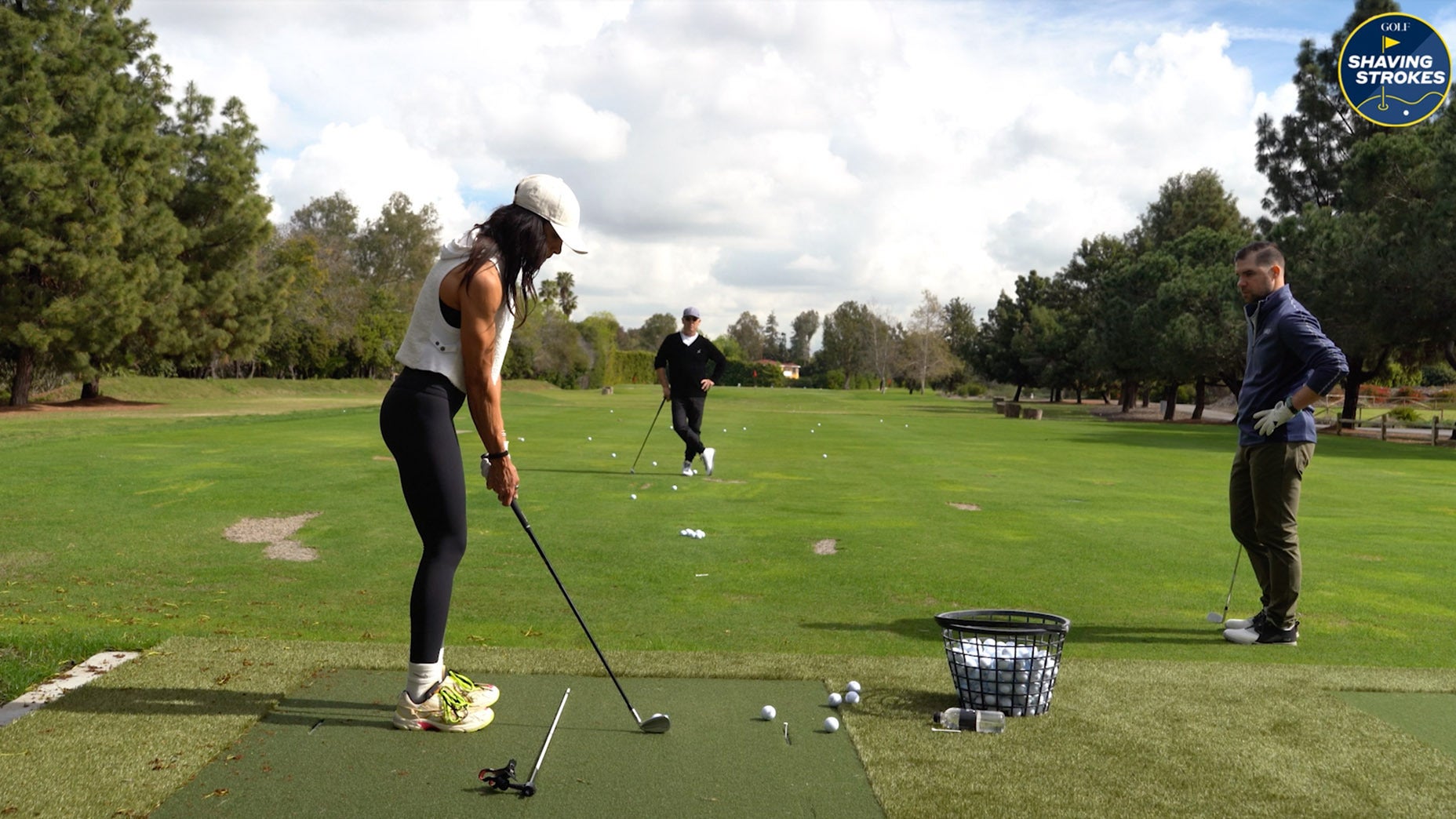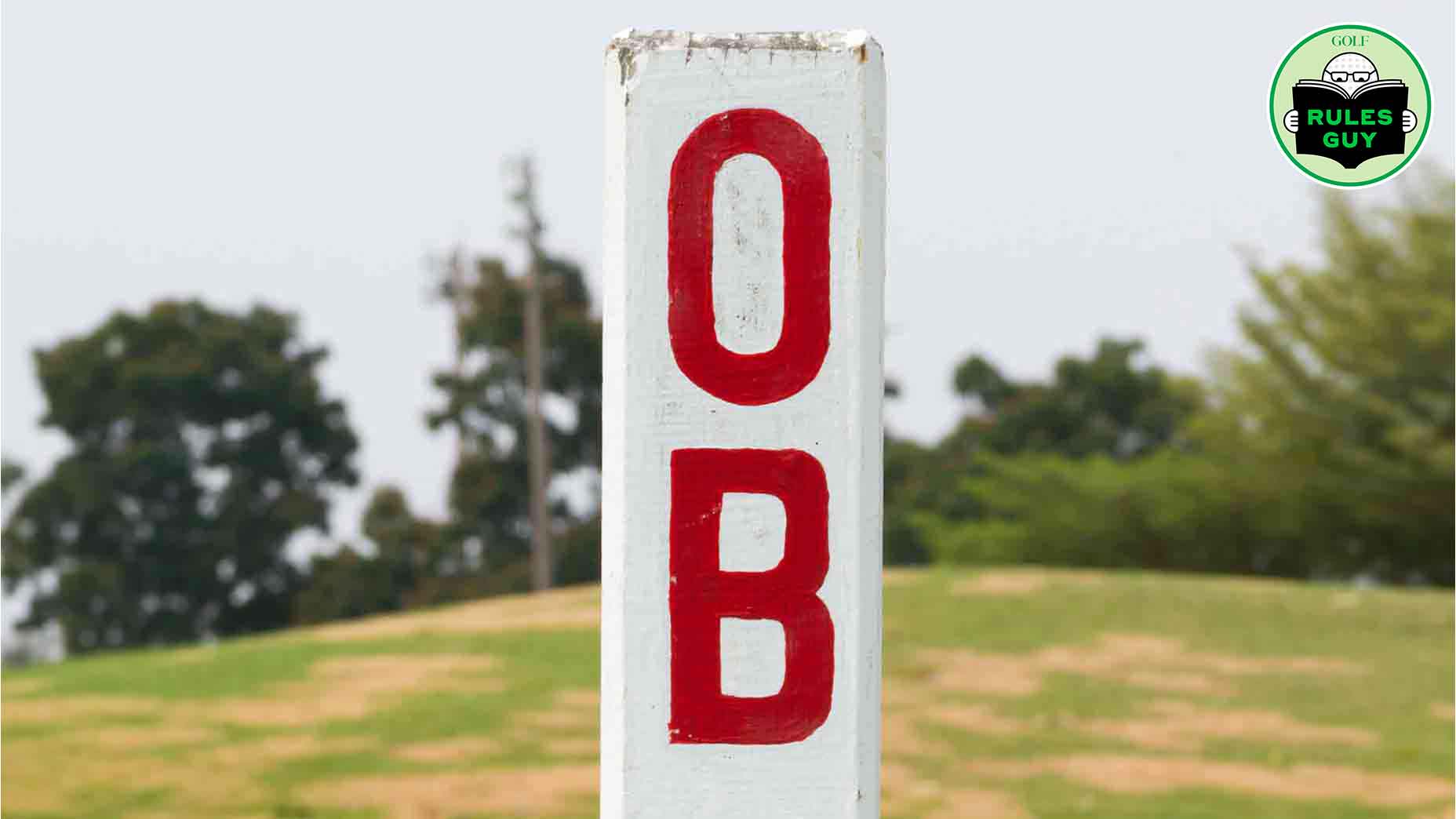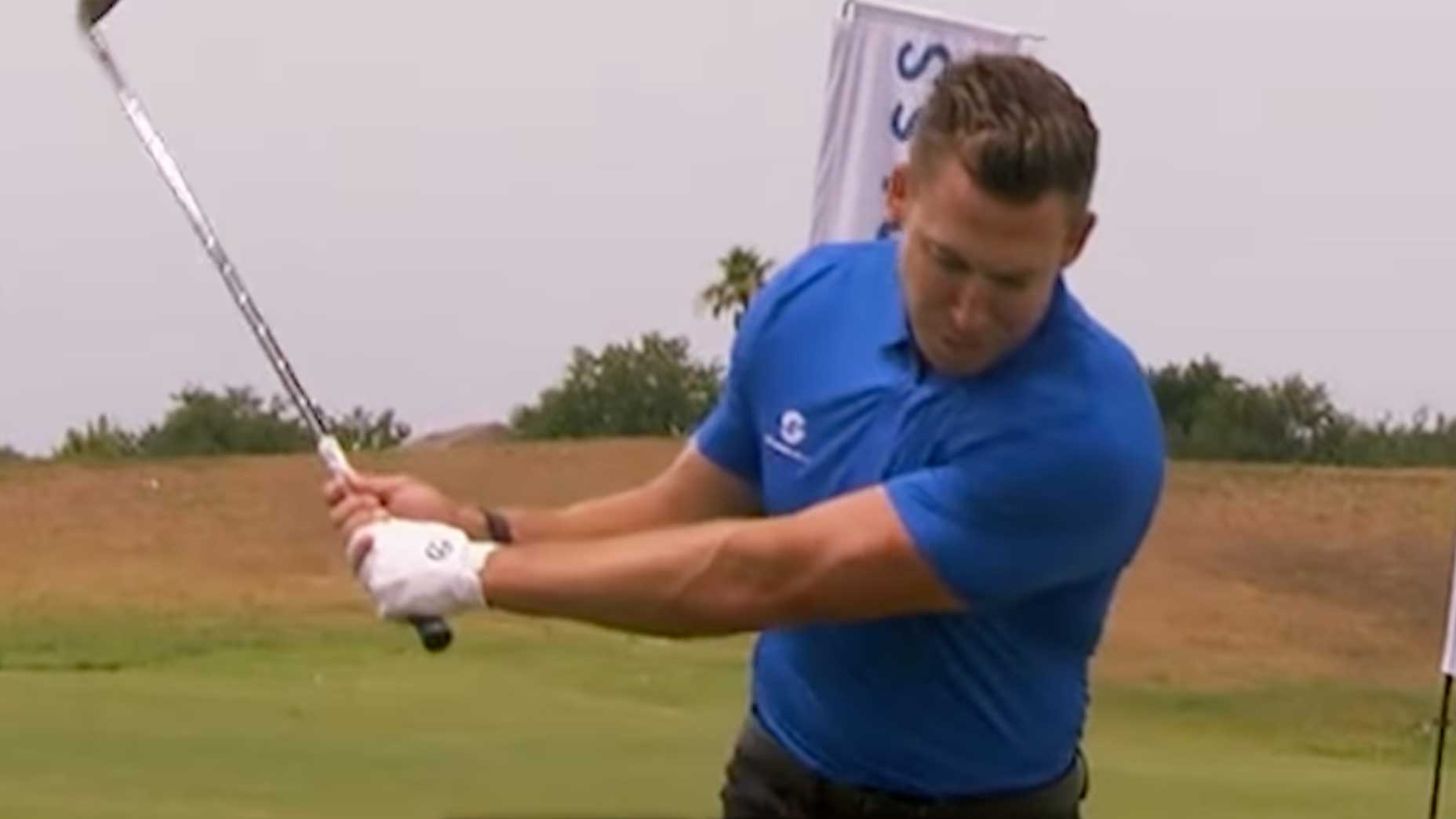On April 11, 2016, I stood on the tee box of the most iconic hole in golf.
My caddie, Dave, snapped a picture of my setup as Hogan’s Bridge, Rae’s Creek and all that other good stuff you see on TV framed the green. The 12th hole at Augusta National was mine for the taking.
I waggled over my Augusta National-logoed ProV1 that I’d bought at the Augusta National pro shop and absolutely … nuked my tee shot. As the ball sailed long and left over the green, I watched in horror. I can still hear Dave as I shuffled head-down off the tee.
“What club did you hit?” he said. He genuinely had no idea.
What Dave also didn’t know was that this was just a small sample of a serial problem: I’m not a horrible golfer but I play great holes HORRIBLY. Have a signature hole at your course? An island-green par-3, perhaps, or a lakeside closer? No doubt I can yank, chunk or hoselrocket my way to a double or triple bogey.
Maybe you can relate. Anyone who has had the chance to play a highly rated course has felt the anticipation build, waiting for that signature hole — the one you see on magazine covers, on TV, in rankings, on your scorecard and in your dreams. My job has allowed me to play a number of these holes, which has meant so much heartbreak. The 12th at Augusta, which I got to play after I won the Masters media lottery in 2016, was no outlier.
In fact, I tried to redeem myself on the very next hole — the majestic par-5 13th — but a good drive and layup left me a wedge to a green guarded by water and vibrant azaleas. Then I laid the sod. Splash. Triple.
The disasters go on and on — 17 at Oakmont (thin!), 16 at Cabot Cliffs (heavy!), 18 at Harbour Town (fore left!), 14 at Liberty National (long!), 15 at Portmarnock (who knows!) — with seemingly no end in sight. It’s a fever I can’t shake. [image:14129476]
Enter Dr. Joseph Parent. A mental coach and the author of Zen Golf, Parent has worked with hundreds of pros including Vijay Singh and Cristie Kerr during their respective ascents to No. 1 in the world. If anyone can help me, I thought, it’s this guy!
So I called him.
“Dr. Parent,” I said, “why do I play signature holes badly?”
Parent equates the term “signature” to “special.” And that can have a negative impact. Wanting do hit a “special” shot on a “special” hole of a “special” course, he said, creates unnecessary pressure — we think that our ordinary swing isn’t good enough. That’s when we start going through quick fixes and swing thoughts in our heads.
“We give ourselves about a dozen different instructions of what to do and not do and twist ourselves up into a pretzel,” he said, adding that trying to perform well and the fear of performing poorly is a scary combination. “The crescendo of hope and fear just makes you crazy.”
Parent said that when golfers get to a hole they deem “special,” or when they start feeling additional pressure or enter a situation where they want to excel, an internal switch goes off.
“This is the key,” he said. “They start getting a mindset of, ‘How can I not screw this up?’ rather than, ‘How can I hit a great shot here?’”
If you worry about results (WAR), he said, you are at war with yourself. Parent said Kerr came up with the acronym during one of their sessions. 
“That’s the main source of interference in someone making the swing that they’re capable of making, and that is to worry about the outcome,” he said. “The way that manifests in your swing is helping, or projecting, or both. In these cases, many times it’s trying to protect from going somewhere bad — or trying to help it get to the green where you want it to. You know, if you’re at Cypress Point, on the 16th hole, you’re hitting over the ocean, you’re trying to help it get to the green. When you’re at [the 17th hole at] TPC Sawgrass, you’re trying to prevent it from going in the water.”
The visual setup of a hole can provide another set of problems — like the island-green 17th at the Stadium Course, where the pros played last week.
“What you want to do on a hole like that is recognize that if that green were sitting in the middle of a field, it would be one of the easiest shots you ever played,” he said. “But it’s the threat of the water. You start thinking about what could go wrong instead of what could go right.”
Parent cited the 16th hole at Ojai Valley Inn & Spa in California. This par-3 has a long, pinched green in the back with a cliff left, OB right and bunkers short. During one evening of night golf glow sticks were placed around the green to illuminate the putting surface. To the eye, the hazards disappeared, and about three-fourths of the people who teed off found the green. Take away the glow sticks and bring back the daylight, Parent says, and not nearly as many find the putting surface.
“If you are really trying hard — trying over trusting — then everything freezes up,” he said. “You produce what you fear because you tighten and try to control. You have to give up control to get control. You have to free up to let your body and the club do what it’s supposed to do.”
But how do we stop these thoughts, these fears, from entering our minds? Sure, I know I need to give up control and free up my body, but how do I actually do it?
“Trying to control the swing and outcome lead to manipulation,” he said. “For the swing, it means mechanical thoughts that interfere with flow. Not such a good idea to give yourself a lesson while you swing. For outcome, it means helping the ball move toward your target or preventing it from going where you don’t want to go.”
To give up control and free up your swing, here were three tips he offered:
1. Get a good feel in your “programming swing.” Parent calls a practice swing a programming swing because you program in a feel and then let it run. Trusting your keys helps you not try to control your swing.
2. Take a deep breath. Let it out and sink into the ground. Feeling more grounded gets you out of your head and into the feel of freeing it up.
3. Accept that #$&! happens. Being able to “pre-accept” a bad outcome will help you from stressing too much about trying to prevent a catastrophe and commit to your plan.
After our chat I felt rejuvenated — like I was ready to strap on my bag and run through a wall to the 1st tee.
Yep, even back to the 1st tee at Augusta.








